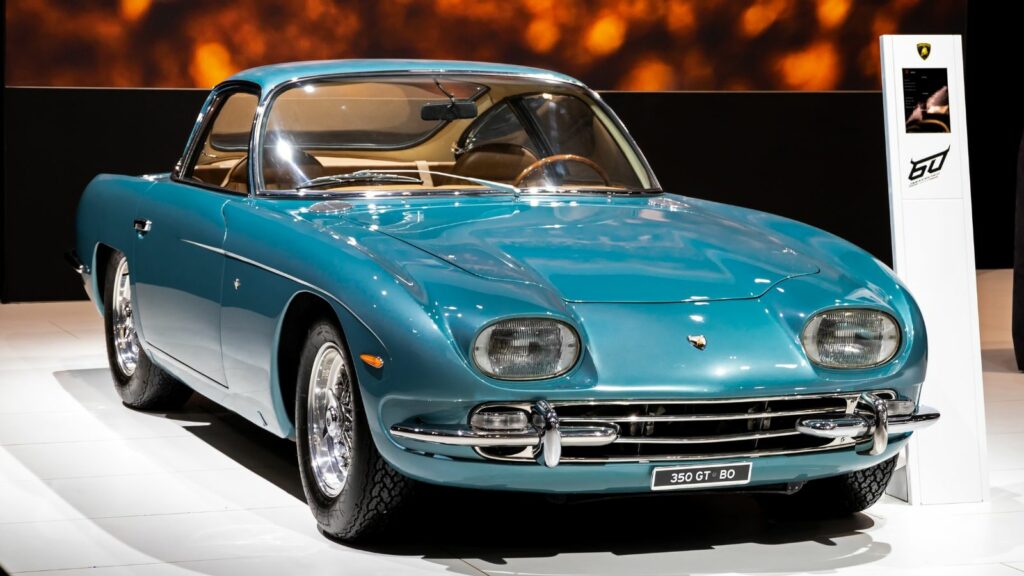Muscle cars. Just saying the words might make you feel like your biceps got a little bigger. These bad boys of the road are as American as apple pie—if that pie had a roaring V8 engine and could hit 60 mph in under 5 seconds. Born in an era when bigger was better, and horsepower was the ultimate bragging right, muscle cars have become legends of the automotive world. Here are 12 of the most iconic muscle cars that have ever graced the asphalt.
1964 Pontiac GTO
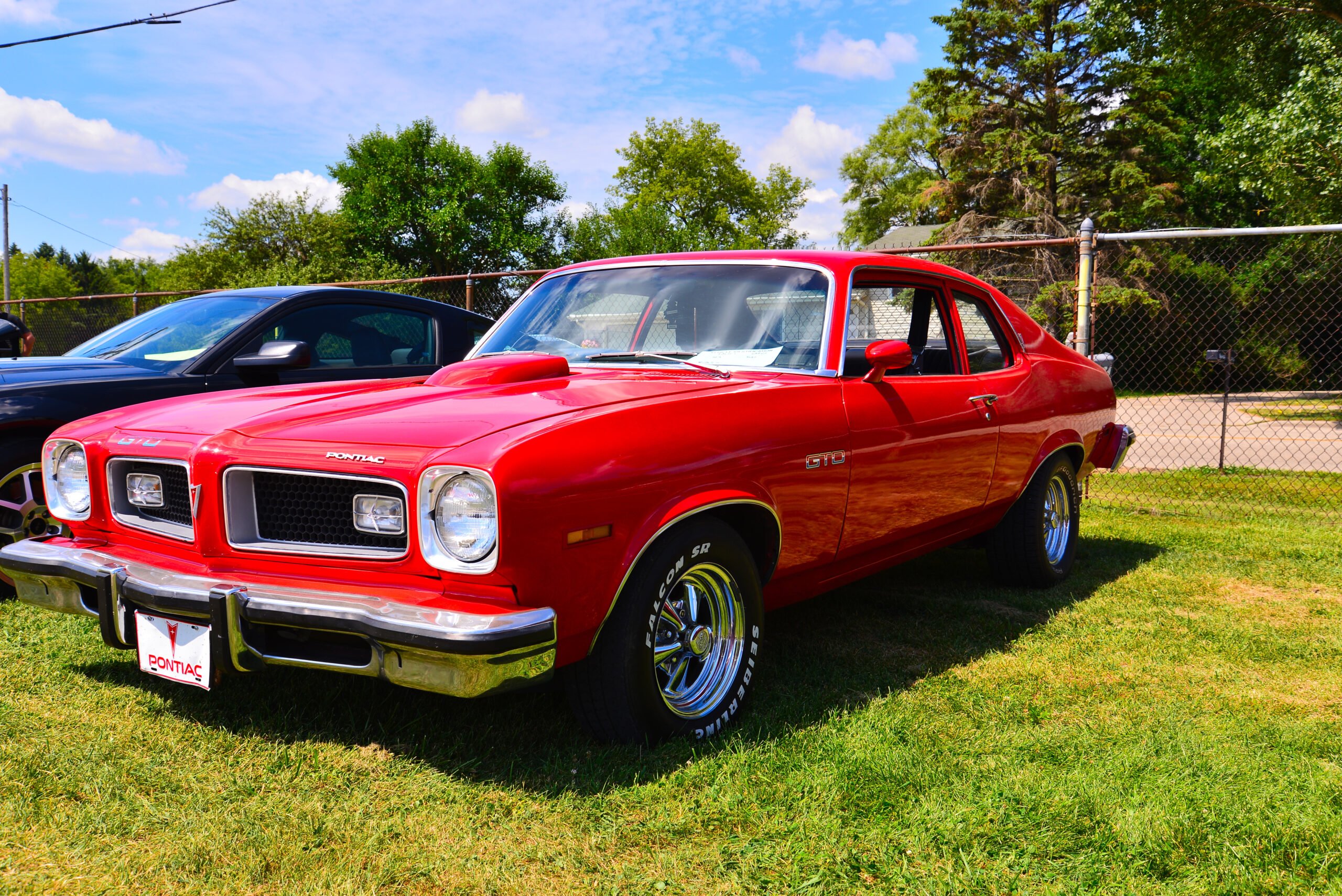
When it comes to muscle cars, the Pontiac GTO is the Don Corleone. Before the GTO, American cars were about cruising, not bruising. But then came 1964, and Pontiac’s chief engineer John DeLorean (yes, that DeLorean) decided to shove a 389 cubic inch (6.4 L) V8 into a Pontiac Tempest and slapped on the GTO badge. Boom. The muscle car was born. It wasn’t just about speed; it was about attitude. The GTO wasn’t named after some secret General Motors acronym; it stood for Gran Turismo Omologato—a nod to European racing, but with an American twist. It was affordable, it was fast, and it had the kind of power that made you feel like you owned the road. By the time it finished its production run, over half a million GTOs had rolled off the assembly line, setting the stage for every muscle car that followed.
1969 Chevrolet Camaro ZL1
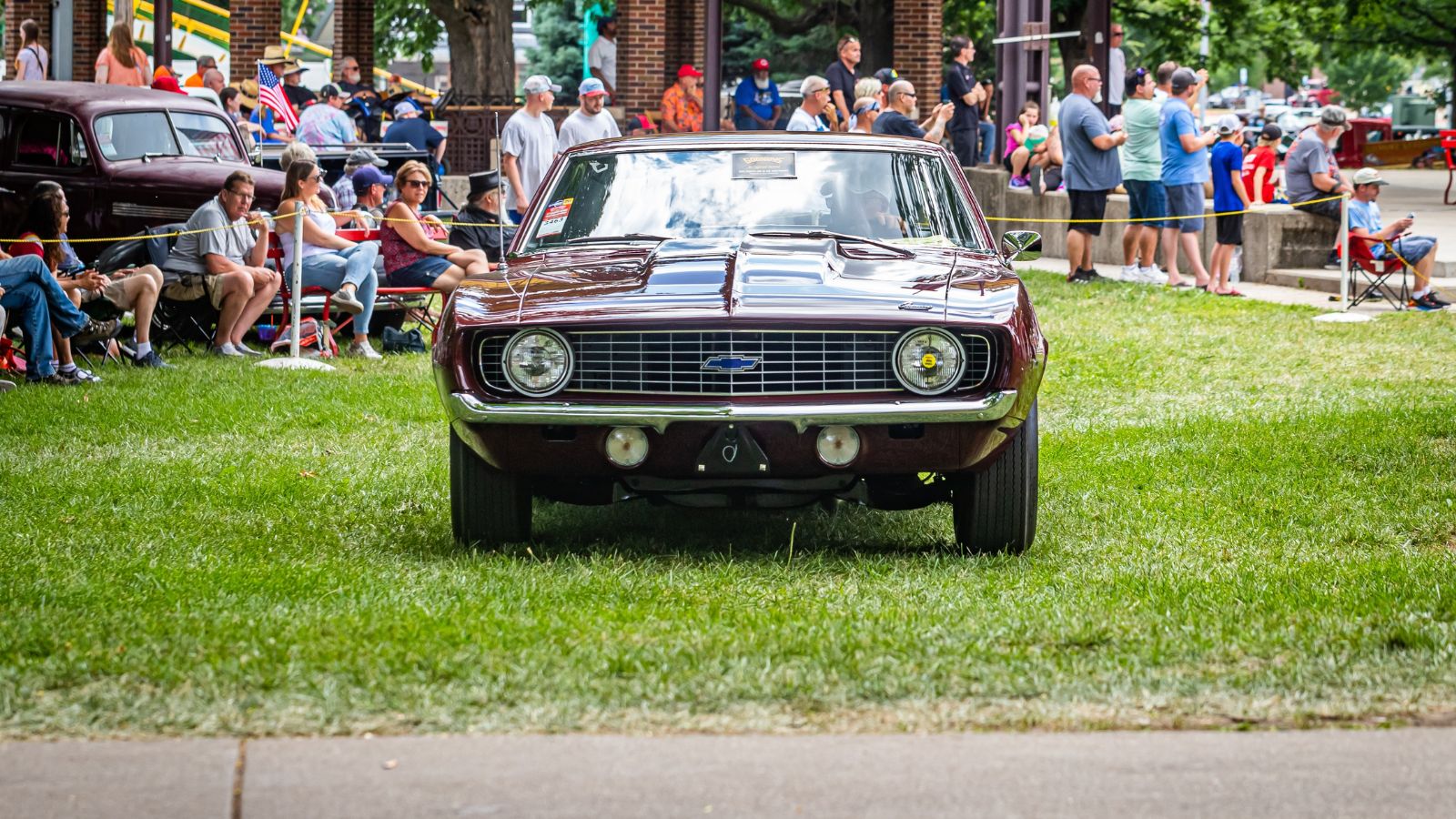
In the late 60s, Chevy decided to throw subtlety out the window. The 1969 Camaro ZL1 resulted from an experimental marriage between the lightweight Camaro and the monstrous 427 cubic inch (7.0 L) V8 engine usually reserved for drag racing. This was no ordinary Camaro; it was the ZL1, a powerful car that was practically illegal to drive on the street. With 430 hp on paper (but closer to 500 hp in reality), it was a street-legal race car in disguise. Chevy only made 69 of these beasts, which might explain why they’re more valuable than a college degree at auction today. If you were lucky enough to get your hands on one, you were driving a missile that could hit 60 mph in just over 4 seconds.
1970 Dodge Challenger R/T
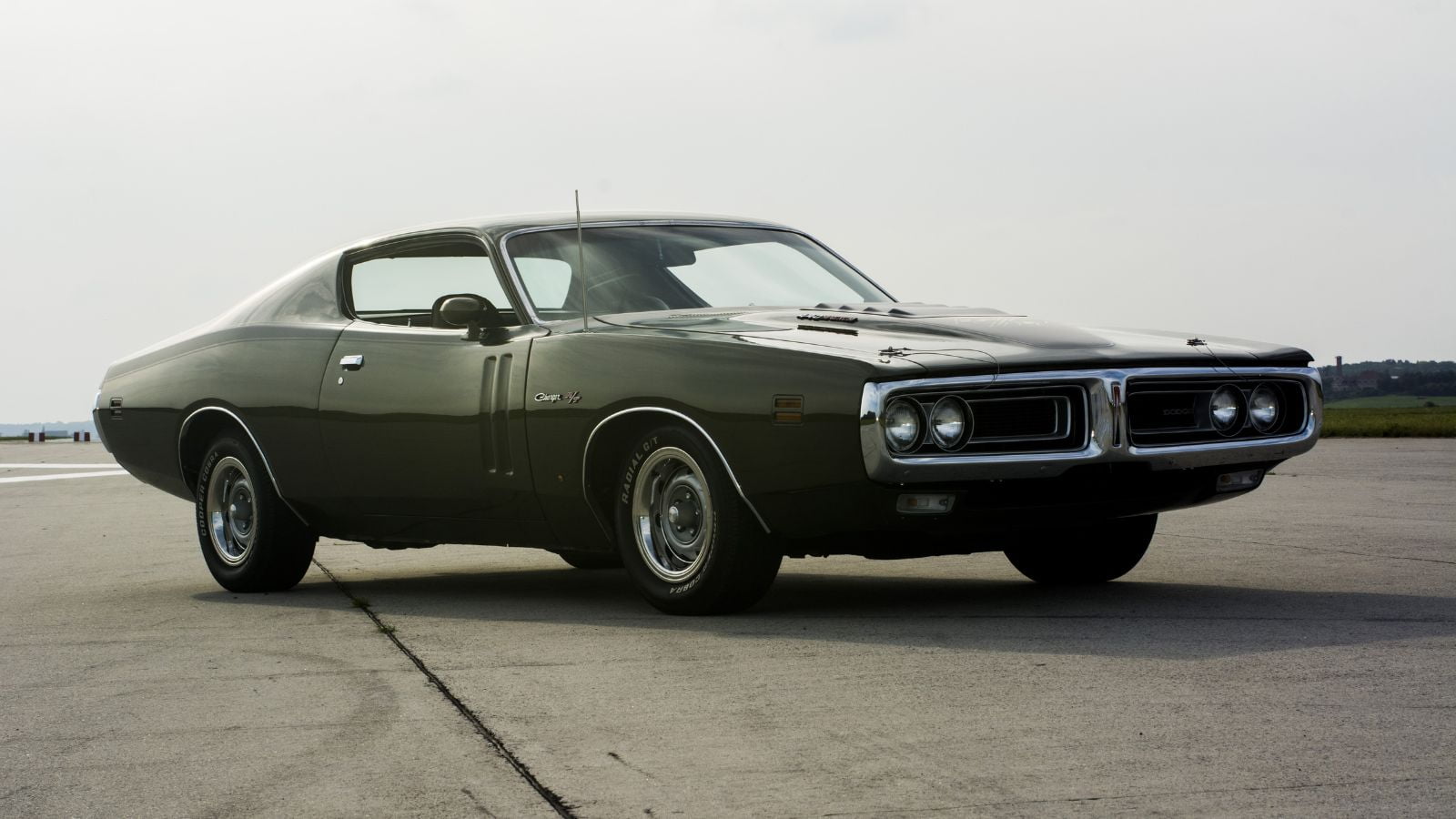
The 1970 Dodge Challenger R/T wasn’t just a car; it was a statement. And that statement was, “Get out of my way.” Dodge was late to the muscle car party, but they sure knew how to make an entrance. The Challenger R/T came with various engines, but the one that left a lasting impression was the 426 Hemi, packing 425 hp. This was a car for the guy who wanted to look cool at the drive-in but also needed to outrun the cops. With its aggressive styling, shaker hood, and the kind of roar that sent shivers down the spine, the Challenger R/T became an instant classic. The car also played a starring role in the 1971 cult film Vanishing Point, cementing its status as an automotive icon.
1968 Ford Mustang GT Fastback
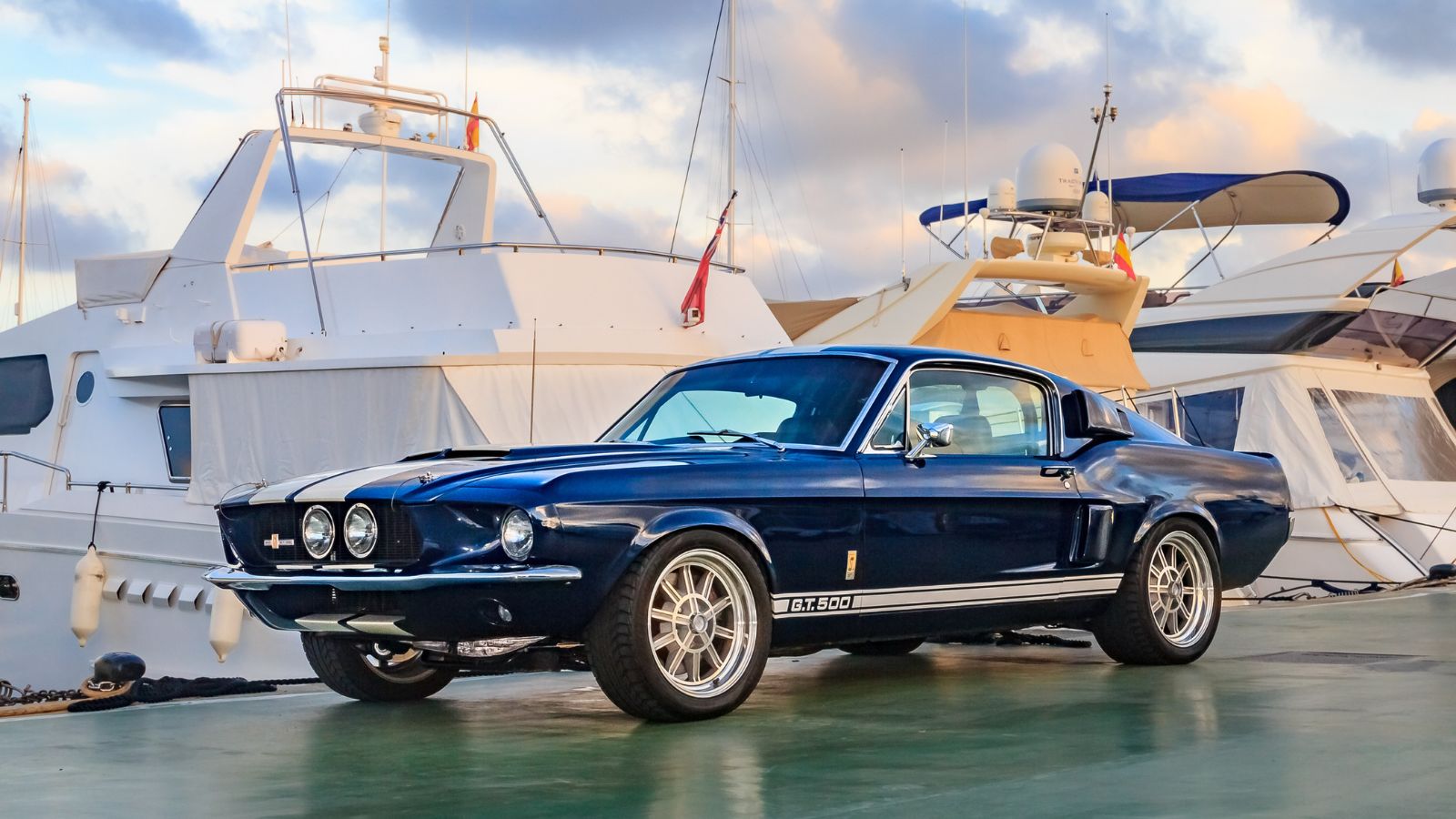
If cars could win Oscars, the 1968 Ford Mustang GT Fastback would have a shelf full of them. This is the car Steve McQueen drove in Bullitt, and its high-speed chase through the streets of San Francisco is the stuff of legend. But the Mustang GT Fastback wasn’t just a pretty face; it had substance, too. Under the hood was a 390 cubic inch (6.4 L) V8 that could churn out 325 hp. It wasn’t the most powerful muscle car, but it had something the others didn’t: star power. The Mustang became the poster child for American muscle, and its popularity exploded. Ford sold over 300,000 Mustangs in 1968 alone, proving that everyone wanted to be as cool as McQueen or at least drive like him.
1970 Chevrolet Chevelle SS 454
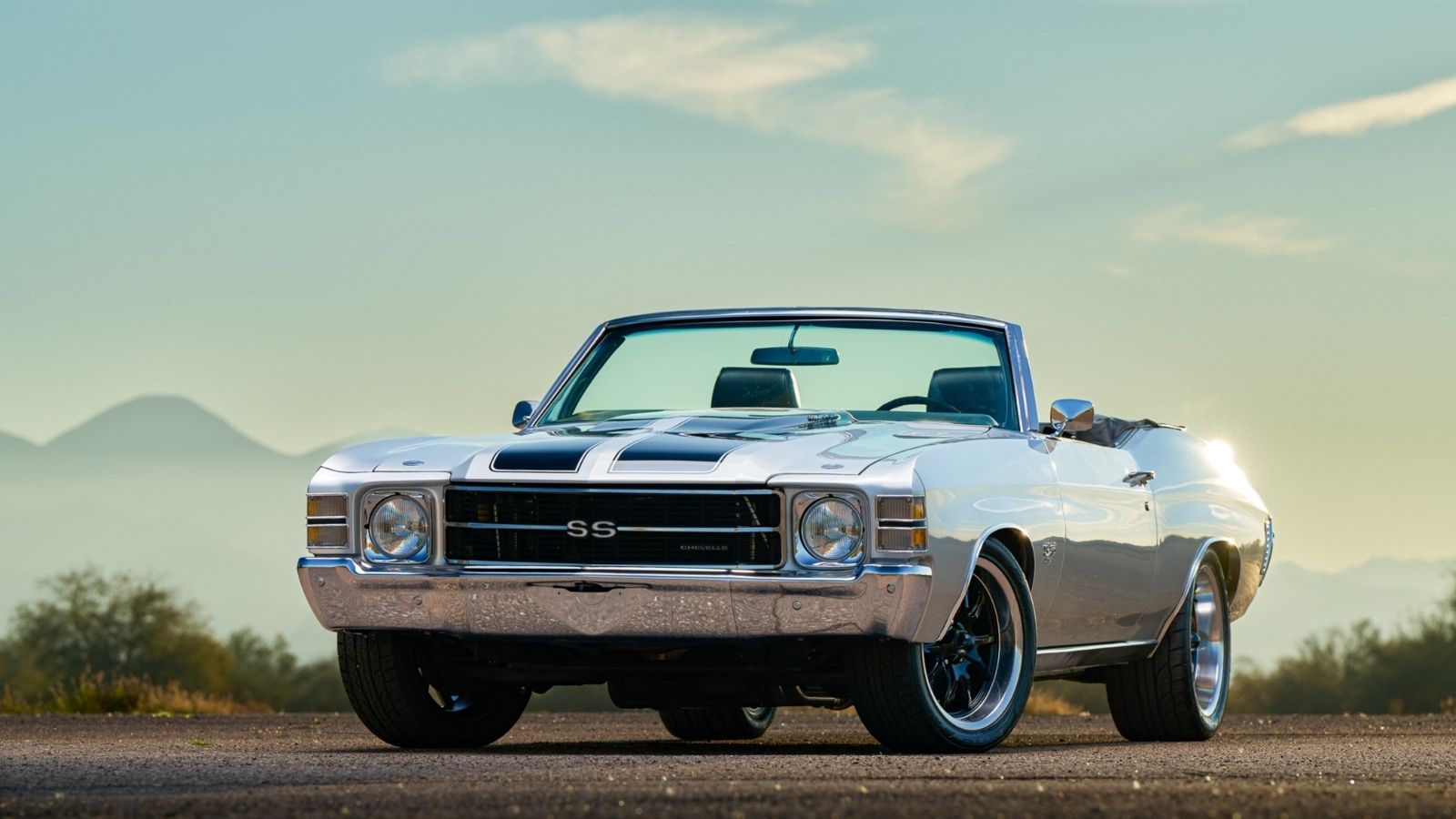
If the Pontiac GTO was the godfather of muscle cars, the 1970 Chevrolet Chevelle SS 454 was the King Kong. This wasn’t just a car; it was a monster. The SS 454 wasn’t content with a big engine; it had to have the biggest engine: a 454 cubic inch (7.4 L) V8 that cranked out an astonishing 450 hp. This made it one of the most powerful cars of its time and certainly one of the most intimidating. Plus, other features of the car included a Cowl-induction system, quadrajet four-barrel carburetor, polished valve covers, 12-bolt rear end, bright engine accents, dual exhaust with bright tips, and a black painted grille. As if all this wasn’t enough, the Chevelle SS 454 could also do a quarter mile in just 13.7 seconds, which, in 1970, made it practically a rocket ship. With its menacing looks and brutal power, it was a car that demanded respect—or else.
1969 Dodge Charger R/T
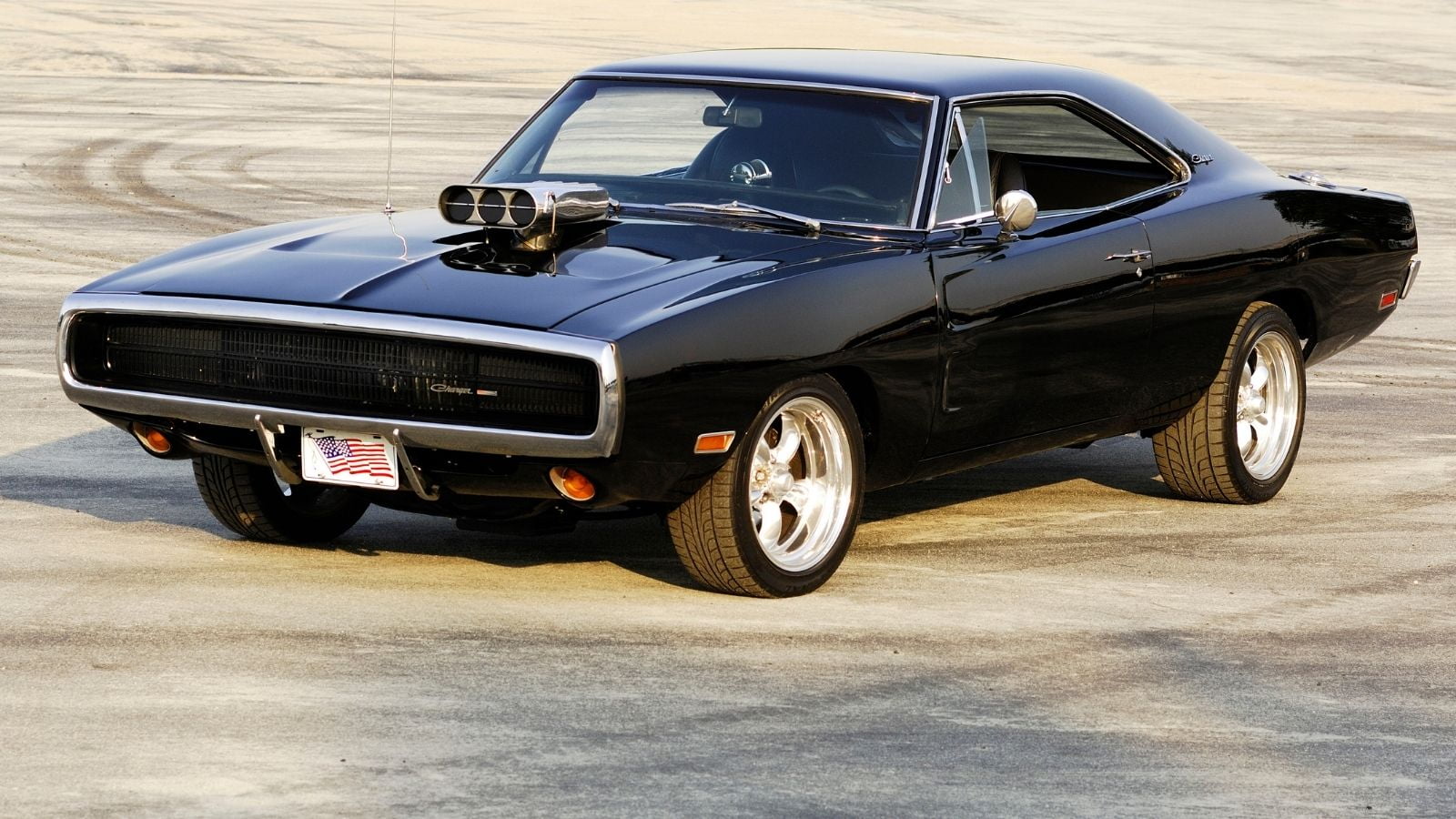
The 1969 Dodge Charger R/T might be most famous as the car that outran the law every week on The Dukes of Hazzard, but there’s more to this car than just its Hollywood fame. The Charger R/T was a powerhouse, especially when equipped with the base engine 375 bhp 440 Cid V8, which could accelerate from 0 to 60 mph in about seven seconds and complete a quarter-mile in 13.9 seconds at 101.4 mph. Other engine options included a 425 bhp Hemi and a 7.0 V8 with 431 hp. But if you were feeling particularly daring (or reckless), you could opt for the 426 Hemi, which bumped the power up to 425 hp. The Charger wasn’t just about straight-line speed; it had style in spades. Its long, sleek body and hideaway headlights made it one of the most recognizable muscle cars ever. Whether jumping rivers on TV or tearing up the streets, the Charger R/T was always up for a good time.
1970 Plymouth Barracuda
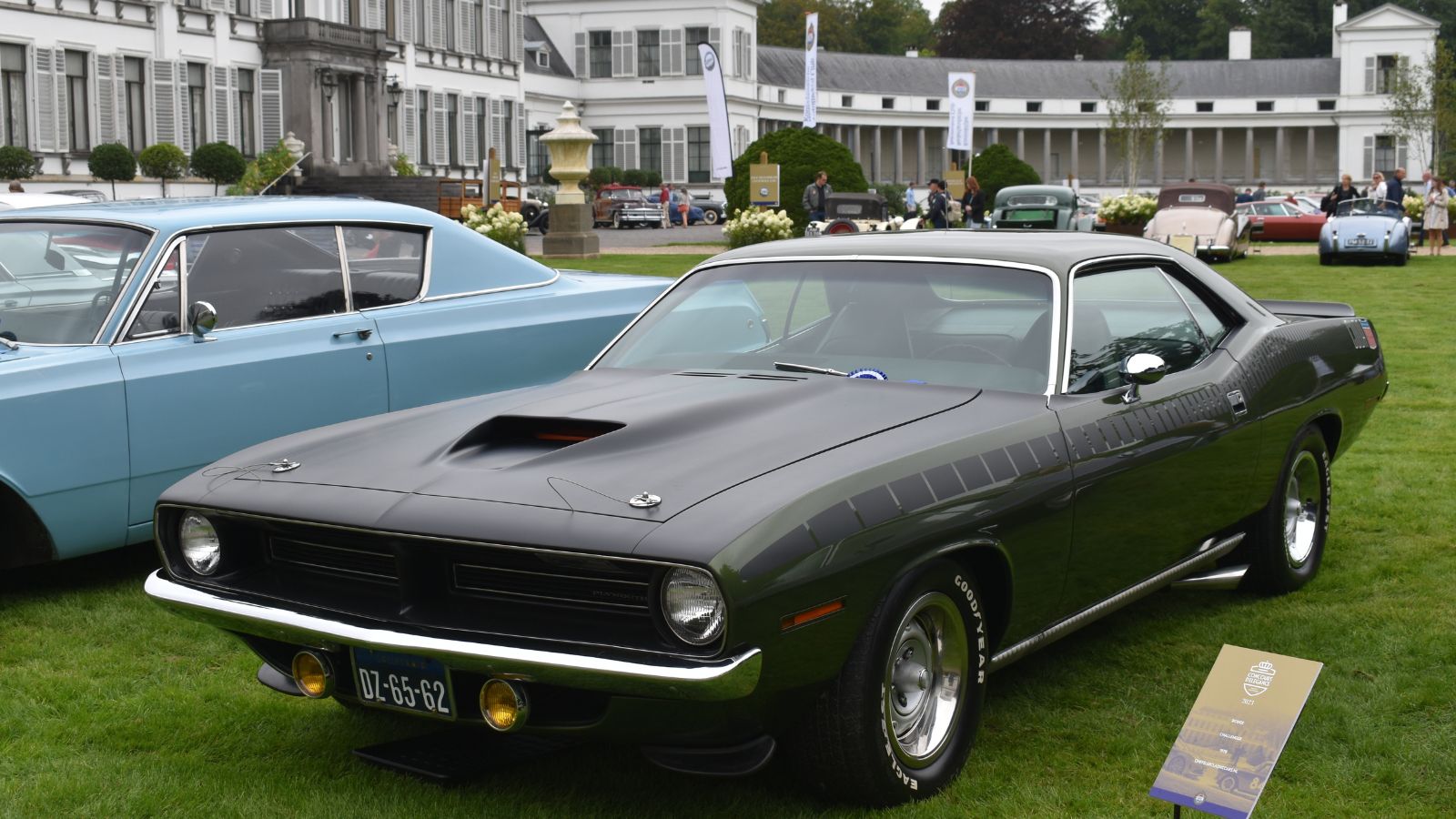
The Plymouth Barracuda (or ‘Cuda, as it was affectionately known) started life as a modest pony car. But by 1970, it had morphed into a full-blown muscle machine. The ‘Cuda came with various engines, but the one that stole the show was the 340 cubic-inch V-8 with a cast-iron block and heads, triple two-barrel Holley carburetors, and Edelbrock intake. This wasn’t just any engine; it was a legend, cranking out 425 hp and enough torque to move a mountain. The ‘Cuda was the car that didn’t care about being refined or sophisticated; it was raw, unfiltered power. It was also a bit of a rebel, going against the grain with its wild colors and outrageous styling.
1967 Shelby GT500
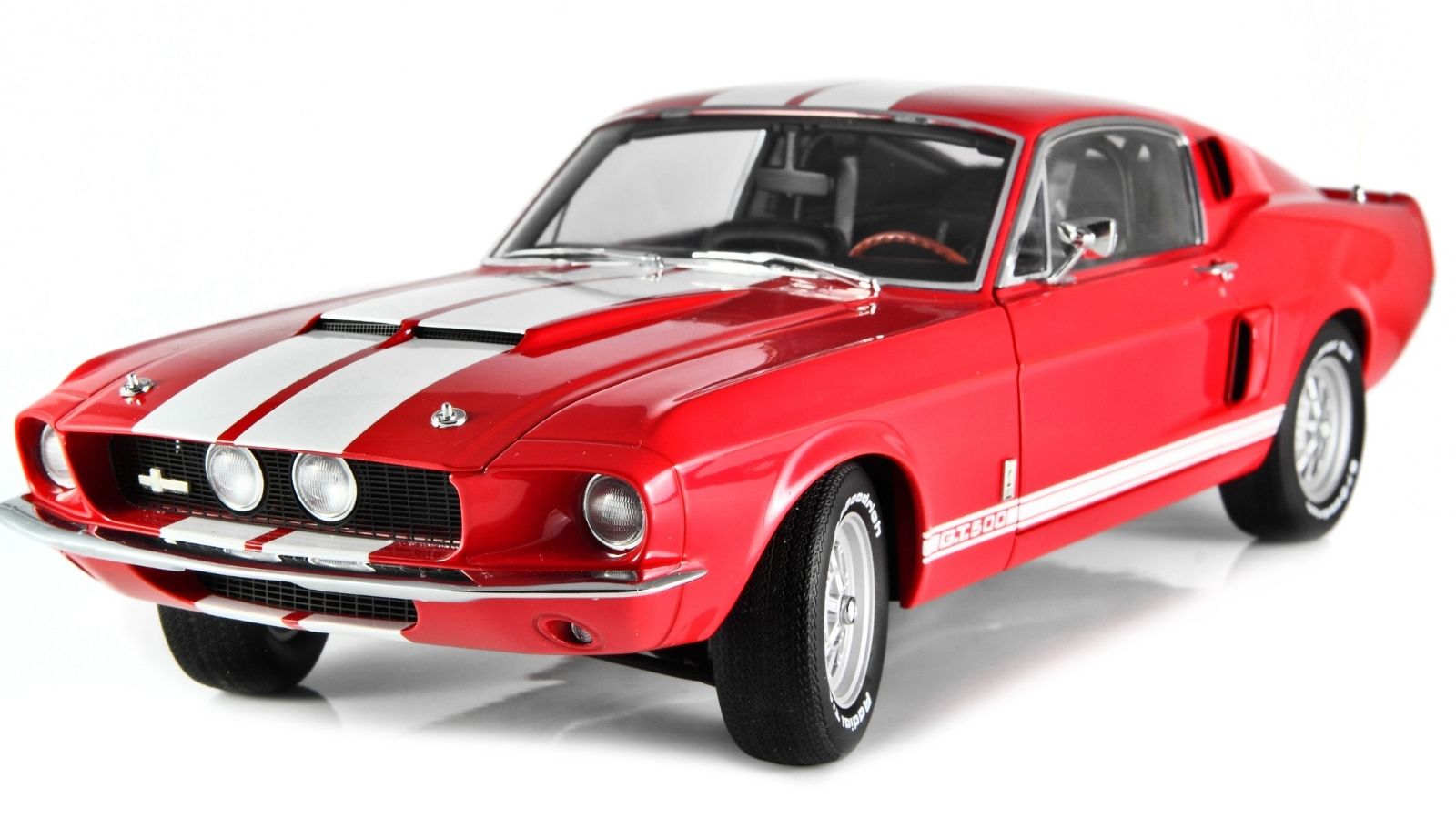
The 1967 Shelby GT500 was a front-engine, rear-wheel-drive, 2+2-passenger GT/sports sedan with a muscular appearance and a 428 cubic inch V8 engine that produced 355 horsepower. It was the last Shelby model built at the Shelby American Workshop in Venice, California, and is highly sought after by collectors. The GT500 has a distinctive look, including inboard driving lights, upper and lower side scoops, a “ducktail” rear spoiler, and wide tail lamps. The GT500 wasn’t just about looking good; it could back up its looks with serious performance. With a top speed of 128 mph and the ability to hit 60 mph in just over 6 seconds, it was a car that demanded respect on the road.
1969 Pontiac Firebird Trans Am
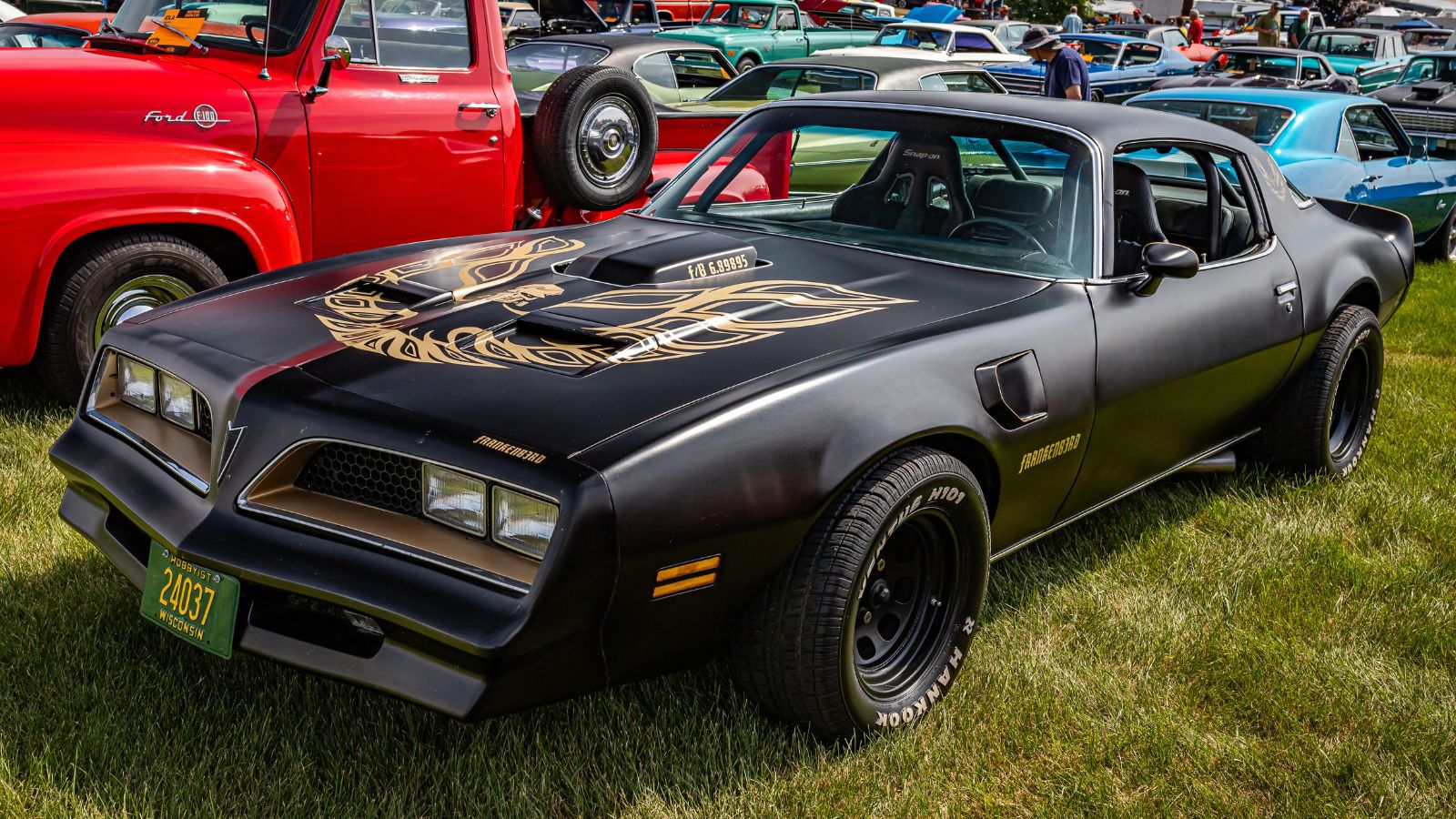
The 1969 Pontiac Firebird Trans Am was a specialty package for the Firebird, with only 697 produced, including eight convertibles. It was the first Trans Am Firebird released and was the last of the first generation of Firebirds. The 1969 Trans Am was a rare car, and prices for muscle cars have increased in recent years, making special editions like the Trans Am valuable. It came with a 400 cubic inch (6.6 L) V8 that produced 335 hp, but the show’s real star was its handling. The Trans Am had a stiffer suspension and better aerodynamics than its Firebird siblings, making it a blast to drive on twisty roads. And then there was the styling—a white body with blue racing stripes, a shaker hood, and a rear spoiler that made it look fast even when parked.
1971 Plymouth Road Runner

The 1971 Plymouth Road Runner wasn’t accidentally named after a cartoon character. This car was built to be fast, loud, and just a little bit cheeky. The Road Runner was a no-frills muscle car; it didn’t have the luxury of some of its competitors, but it made up for it with sheer power. The top-of-the-line 440 cubic inch (ci) engine produced 390 horsepower and came with a four-speed transmission. It was part of the G-series Chrysler B-bodies, including the Charger/Super Bee and GTX/Road Runner. The 1971 Road Runner also had a Dana 60 differential, a standard bench seat, a podded instrument cluster, and a radio. Plymouth even paid Warner Bros. $50,000 for the rights to use the Road Runner name and “beep-beep” horn sound, adding a little humor to an otherwise serious machine.
1973 Chevrolet Camaro Z/28
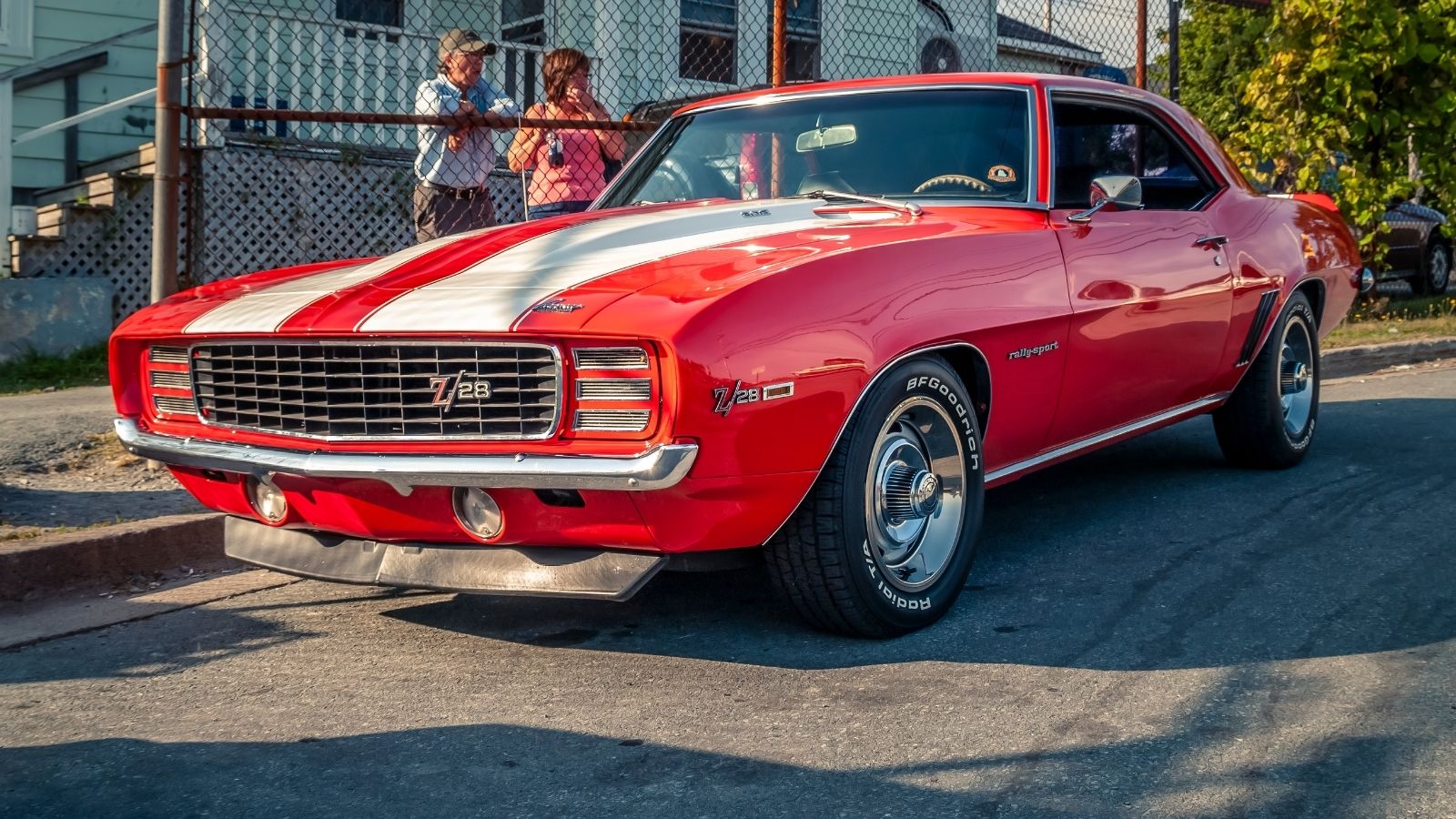
By the early 70s, the muscle car era was winding down, thanks to rising insurance costs, stricter emissions standards, and the oil crisis. But the 1973 Chevrolet Camaro Z/28 was a last hurrah. It might not have had the raw power of its predecessors, but it still packed a punch with its 350 cubic inch (5.7 L) V8 engine producing 245 hp. It also had a shipping weight of 3,416 lbs, a wheelbase of 108 in, and a length of 188.4 in. Standard equipment included bucket seats, dual exhaust, a heater/defroster, a tachometer, and white-lettered tires. Optional equipment included air conditioning, an automatic transmission, power brakes, power steering, and power windows. It was a car that could still deliver thrills, even if it was a little more civilized. The Z/28 proved that the muscle car wasn’t dead—it was evolving.
2015 Dodge Challenger SRT Hellcat

If you thought the era of the muscle car was over, the 2015 Dodge Challenger SRT Hellcat would like to have a word with you. The car was a five-passenger, rear-wheel drive coupe with a 6.2-liter supercharged V8 engine that produced 707 horsepower and 650 lb.-ft of torque. It could go from 0 to 60 mph in 3.6 seconds, with a top speed of 199 mph. The Hellcat also had 20-inch wheels, Brembo disc brakes, and electronic independent suspension. But it was not just about speed; the Hellcat had all the attitude of its predecessors, with aggressive styling, a menacing roar, and a name that lets you know it means business.
14 Supercars Under $100K That Deliver Breathtaking Speed and Style
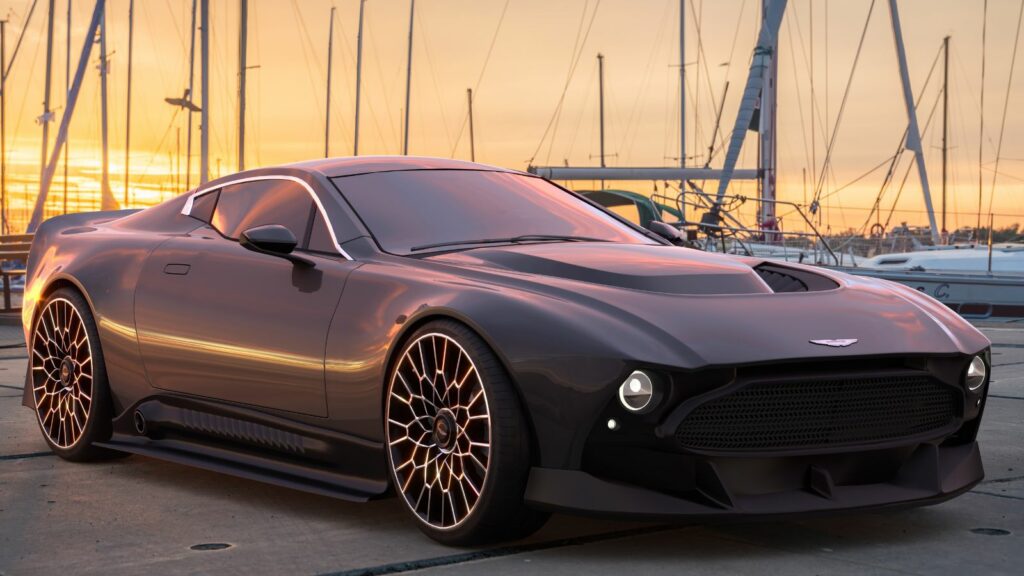
When you think of supercars, names like Ferrari, Lamborghini, and McLaren often come to mind, along with their staggering price tags. However, high-performance vehicles aren’t exclusively reserved for the super-rich. There exists a sweet spot where speed, style, and (relatively) sensible pricing converge, offering thrilling rides without completely obliterating your bank account. Hop in as we explore 14 underrated supercars under $100K.
14 Supercars Under $100K That Deliver Breathtaking Speed and Style
